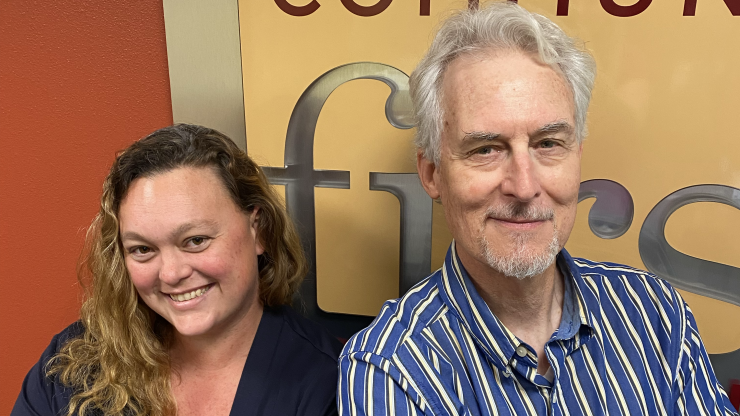To keep up with large banks, Community First Credit Union in Santa Rosa, California, wanted to launch a conversational bot powered by artificial intelligence to provide account information and perform transactions — but the bot needed to be bilingual.
Community First provides
In March 2019, Community First, which has $788 million of assets, made the decision to deploy a bot as a 24/7 extension of its call center, which only operates during banking hours. Twenty-nine percent of the credit union's workforce speaks Spanish, and they were crucial to training the bot in their language.
“The Spanish spoken in our five counties is different to the Spanish spoken in other parts of the U.S.,” said David Williams, Community First’s chief marketing and HR officer. “We spent a lot of time tweaking Maggie’s Spanish vocabulary, which is better than just running members’ questions through the bot’s translator.”
Community First spoke to several vendors of conversational AI-based virtual assistants before selecting Active.Ai, which is based in Singapore. “We asked Active.Ai if they could provide a Spanish-language bot, and they said that, because of their international client base, this was easy,” Williams said.
Initially, Community First staff loaded questions onto the Active.Ai bot in English, with a Spanish-language version planned for later after the English version was up and running.

Community First developed a persona for the bot, calling it Maggie in honor of the credit union’s first employee, Maggie Wattles.
“We created a persona that corresponded to our roots and our ethos of doing good in the community,” said Williams. “Since our membership and staff skew towards women and we were founded by teachers, Maggie is female and a teacher. Her persona reflects our newer members’ average age and educational attainments.”
This attention to detail is key to making sure the credit union's audience finds Maggie to be useful and authentic, said Bob Meara, a retail and corporate banking senior analyst at Celent.
“Because language is very nuanced, you can’t ‘sort of’ get conversational AI right, you need to get it quite right,” Meara said. “If a financial institution customer’s first experience of a bot isn’t good, they won’t try it again. Also, a poor-quality English-to-Spanish translation will offend Spanish speakers and turn them off using the bot.”
Hispanic consumers are heavy users of digital banking channels, according to Francisco Javier Alvarez-Evangelista, an advisor for Aite-Novarica’s retail banking and payments practice. Fifty-four percent of U.S. adults who identify as Hispanic, Latino or Spanish use desktop PCs or laptops to access their financial accounts at least once a week, and 69% use smartphones to do so, according to Aite-Novarica data.
Maggie went live in January 2020, just before the coronavirus pandemic prompted members to do more banking online, even though it didn’t close its branches. The Spanish-speaking version of Maggie went live in May 2021.
“We have Spanish-speaking members who use Maggie to do their online banking in Spanish, instead of using the English-language-only online banking site. Maggie translates all the online banking instructions into Spanish," said Rebecca Nystrom, Community First’s curriculum, learning and development manager.
By February 2022, there were 2,937 total Maggie users, of whom 418 logged into online banking, with 2,584 using English and 353 using Spanish, according to Nystrom.
In October 2019, East Lansing, Michigan-based Michigan State University Federal Credit Union, which has $6.8 billion of assets and 320,000 members, introduced a bot based on Active.Ai’s platform. The bot, which MSUFCU named Fran, currently speaks only in English — but she's studying.
“Fran is learning Spanish and we plan to launch the Spanish version in the third quarter,” said Deidre Davis, MSUFCU’s chief marketing officer. “We’ve seen average monthly conversations with Fran rise from 4,116 in 2019 to 7,039 in February 2022.”
According to census data, the state of Michigan has 273,000 individuals who speak only Spanish. Oakland County, one of the five counties MSUFCU serves, has a total population of 1,253,185, including 51,381 Hispanic residents, of whom 33,836 speak only Spanish.






